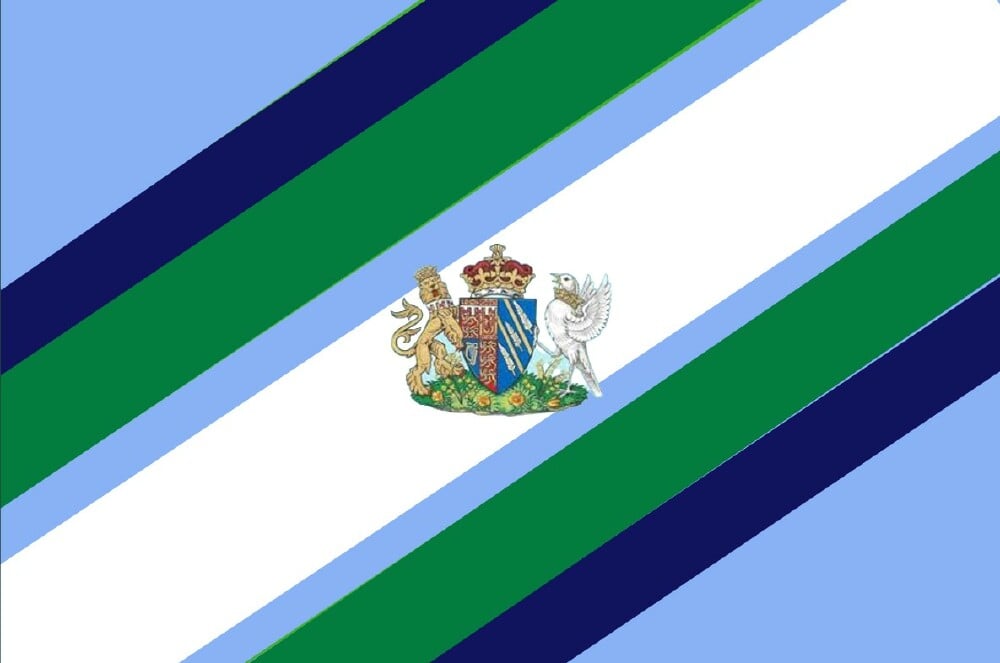Started may 2022
Rerolled twice
Economic Overview
GDP (2024): An estimated $290 billion, driven by sustainability and innovation.
GDP Per Capita: $49,500, reflecting equitable economic growth.
Economic Identity: Known for its eco-conscious economy, Aprya leads in renewable energy production and sustainable agriculture.
Employment
Unemployment Rate: 2.9% (mid-2023), among the lowest in the nation.
Total Labor Force: 1.2 million, characterized by a high concentration of skilled professionals.
Key Employment Trends:
- The rise of remote work and co-working hubs in small towns.
- Growth in creative industries, including digital arts and ethical fashion.
Sector Employment Distribution:
- Renewable Energy and Clean Tech: 18.4% of total jobs.
- Creative and Cultural Industries: 12.7%.
- Healthcare and Wellness Services: 10.6%.
- Food Innovation and Agritech: 8.5%.
Minimum Wage: As of 2024, the living wage model ensures a minimum income of $15 per hour, tied to regional cost of living.
Unionization: 8%, with a growing focus on ethical labor practices in green industries.
Key Industries and Contributions
Renewable Energy:
- Output: Aprya generates over 65% of its energy from solar, wind, and geothermal sources.
- Employment: 110,000 jobs in clean energy installation and R&D.
- Notable Achievement: Aprya’s wind farms power nearly 80% of urban areas.
Creative Economy:
- Highlights: Thriving sectors include digital media, design, and eco-conscious fashion.
- Revenue: $22 billion annually.
- Hub: The city of Newark is a magnet for creators, offering state-sponsored art residencies and grants.
Food Innovation and Agritech:
- Revenue: $18 billion.
- Specialization: Vertical farms, plant-based foods, and regenerative agriculture.
- Exports: Organic grains and sustainably produced wines are Aprya’s leading export products.
Healthcare and Wellness:
- Revenue: $20 billion annually.
- Focus Areas: Mental health services and holistic wellness programs.
- Employment: 90,000 professionals, including alternative medicine practitioners.
Trade and Exports
Overview
Total Exports (2023): $17 billion, with a focus on sustainable goods and eco-friendly technology.
Major Export Categories:
- Renewable Energy Technology: $7 billion.
- Plant-Based Foods and Beverages: $4 billion.
- Digital Media and Creative Content: $3 billion.
Top Trading Partners:
- Nordic Countries: Shared interest in sustainability makes them key buyers of energy technology.
- Australia: $3 billion in organic food exports annually.
- Brazil: Increasing demand for Aprya’s agritech innovations.
Imports:
- Cultural Goods: $5 billion spent annually on art, books, and international design.
- Medical Equipment: $3 billion in advanced healthcare technologies.
Trade Focus: Aprya emphasizes fair trade agreements, prioritizing ethical sourcing and environmental impact.
Taxation
Unique Tax Structure:
- Income Tax: Flat 7.5%, with rebates for sustainable home upgrades.
- Sales Tax: None for environmentally friendly products.
- Corporate Tax: A progressive model incentivizing carbon-neutral operations.
Cost of Living
Affordable Sustainability: Aprya’s push for local food systems and renewable energy has reduced living expenses in rural areas.
Median Housing Cost: $240,000, with rent caps in major cities to ensure affordability.
Transportation Costs: Minimal due to expansive electric public transit systems and bike-friendly infrastructure.
Education and Workforce
Educational Approach:
Aprya prioritizes education that blends technical expertise with environmental stewardship.
Key Stats:
- 48% of adults hold a bachelor’s degree or higher.
- 30% of students specialize in sustainable engineering, agritech, or renewable energy.
Workforce Development:
- Green Job Training: Programs preparing 20,000 workers annually for careers in renewable energy.
- Rural Upskilling: Training centers for farmers and small-town entrepreneurs.
Recent Economic Developments
- Solar Villages Initiative: Creation of 15 energy-independent rural communities powered by solar grids.
- Circular Economy Pilot: Aprya launched a statewide program encouraging businesses to eliminate waste by reusing materials.
- Tech and Nature Integration: New urban developments feature “smart forests” that monitor biodiversity while providing public green spaces.











